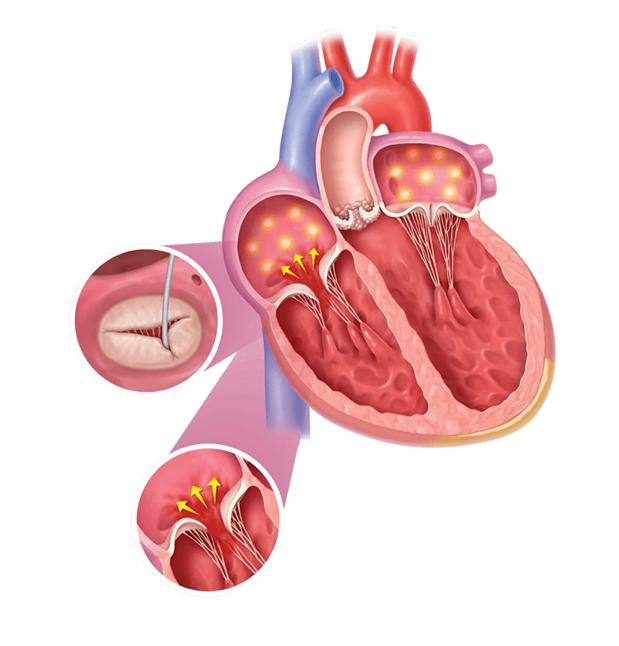

Percutaneous Valves
Percutaneous valve procedures are minimally invasive techniques used to treat valve diseases in the heart, including aortic stenosis or mitral regurgitation. The procedure involves using catheters to repair damaged valves or replace valves without open-heart surgery. The percutaneous valve procedure has changed the way patients seek their heart valve diseases management and treatment since it has both quicker recovery times and fewer complications.
Advantages of Percutaneous Valve Procedures
- Minimally Invasive: Unlike the traditional valve surgery that uses large incisions, percutaneous utilizes small catheters inserted through blood vessels.
- Short recovery: Patients who have had percutaneous valve procedures tend to have less pain and quicker recovery time than patients with open-heart surgery.
- few complications: Since these are less invasive, the risks associated with complications like infections and bleeding are reduced in cases of percutaneous valve procedures.
- Improved Quality of Life: Restore normal heart valve function, thus improving overall heart health and alleviating symptoms such as shortness of breath and fatigue.

- Transcatheter Aortic Valve Replacement (TAVR): The procedure for the replacement of the damaged aortic valve by a new one that involves the use of a catheter.
- Transcatheter Mitral Valve Repair (TMVR): This is the procedure to repair a leaking mitral valve, thereby preventing blood from flowing backward into the heart.
- Balloon Valvuloplasty: It is the procedure where a balloon inflated inside a narrowed valve will improve blood flow.
Dr. Merchant has been specializing in interventional cardiology, making sure that all patients see the most thorough levels of care even in percutaneous valve procedures. Thus, with cutting-edge treatments from the doctor, each patient would receive the right kind of care to result in faster recovery and positive outcomes.

